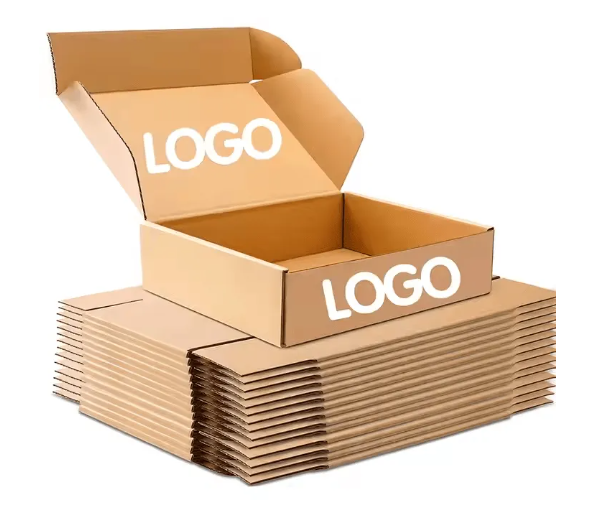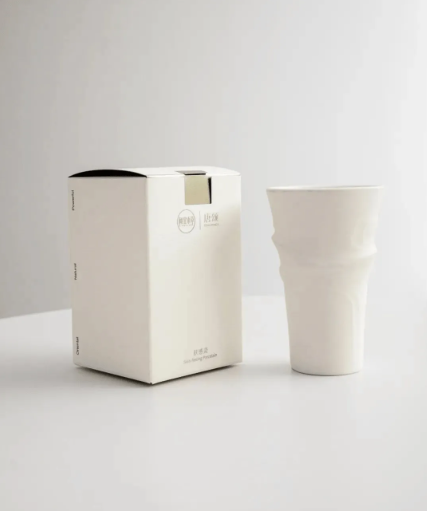
The alluring world of holographic paper has revolutionized the packaging and printing industry, offering an enchanting blend of visual appeal and practical functionality. This remarkable material transforms ordinary surfaces into dynamic, eye-catching displays through its unique ability to reflect light in mesmerizing patterns. As businesses seek to differentiate their products in increasingly competitive markets, holographic paper has emerged as a premium choice for creating memorable brand experiences.
The versatility of holographic paper extends far beyond simple decorative applications. From security features in official documents to premium product packaging, this innovative material serves multiple purposes while maintaining its signature ethereal appearance. Understanding its composition, applications, and cost factors is crucial for making informed decisions about incorporating this dynamic material into your projects.
Holographic paper begins its journey as a specialized base material, typically polyester or metallized paper, which undergoes a sophisticated embossing process. Microscopic patterns are precisely embedded into the surface using advanced laser technology and specialized equipment. These patterns create the distinctive holographic effect by diffracting light in specific ways, producing the shimmer and color shifts that catch the eye.
The manufacturing process involves multiple layers of coating and treatment. First, a metallized layer is applied to create the reflective base. Then, the surface receives intricate micro-embossing patterns that determine the final holographic effect. The quality of these impressions directly influences the clarity and vibrancy of the holographic display.
Different embossing patterns yield various holographic effects, each suited to specific applications. Rainbow patterns create broad spectrum color shifts, while diffraction patterns produce more subtle, controlled effects. Specialized patterns can generate 3D impressions, kinetic movements, or even custom designs that incorporate brand elements.
The choice of pattern significantly impacts both cost and visual impact. Simple repeated patterns are more economical to produce, while complex custom designs require more sophisticated tooling and setup procedures. Understanding these options helps in balancing visual impact with budget constraints.

The quality of holographic paper depends heavily on its surface characteristics. Premium materials feature consistent pattern distribution, superior adhesion between layers, and resistance to environmental factors. High-quality holographic papers maintain their visual effects even after handling and exposure to varying conditions.
Durability considerations include resistance to scratching, fading, and delamination. Superior products incorporate protective coatings that preserve the holographic effect while enhancing the material's longevity. These protective measures are particularly important for applications in packaging or items that undergo frequent handling.
The vibrancy and clarity of holographic effects vary significantly among different quality grades. Premium holographic paper exhibits sharp, well-defined patterns with intense color transitions. The base material's reflectivity and the precision of the embossing pattern both contribute to the overall visual impact.
Color consistency across production batches represents another crucial quality indicator. High-end manufacturers maintain strict quality control measures to ensure uniform appearance, particularly important for branded materials and large-scale productions.
The cost structure of holographic paper production follows economies of scale principles. Larger order quantities typically result in lower per-unit costs, as setup and tooling expenses are distributed across more units. However, minimum order quantities may present challenges for smaller projects or specialized applications.
Custom designs and patterns generally incur additional setup costs, including design work and specialized embossing tool creation. These initial investments need careful consideration against projected usage volumes and long-term value.
Different grades of holographic paper serve various applications and price points. Standard grades suit general decorative purposes, while premium grades offer enhanced durability and visual effects for high-end applications. The selection process should balance material costs against application requirements and desired brand positioning.
Investment in higher-grade materials often proves cost-effective when considering the total value proposition, including brand perception and product differentiation benefits. Premium holographic papers typically offer superior processing characteristics and consistency, potentially reducing waste and production issues.
The packaging industry represents a major application area for holographic paper, where it adds premium appeal to consumer products. From cosmetics to electronics, holographic elements create shelf impact and reinforce brand positioning. The material's ability to combine decorative appeal with functional benefits makes it particularly valuable in competitive retail environments.
Brand enhancement applications extend to promotional materials, gift packaging, and limited edition products. The visual impact of holographic paper helps create memorable unboxing experiences and enhances perceived product value.
Holographic paper plays a crucial role in security applications, from government documents to brand protection measures. The complexity of holographic patterns makes unauthorized reproduction extremely difficult, providing an effective anti-counterfeiting solution.
Advanced security applications often combine multiple holographic features with other security elements, creating layered protection schemes. These implementations require careful consideration of material specifications and compatibility with other security features.
Quality holographic paper, when properly stored and handled, can maintain its visual effects for many years. The longevity depends on environmental conditions, handling frequency, and the presence of protective coatings. Premium grades typically include UV protection and scratch-resistant features that extend their effective lifespan.
Most holographic paper products can be recycled through specialized processes that separate the metallic and paper components. However, the recycling capability depends on the specific material composition and local recycling facilities. Some manufacturers offer eco-friendly variants specifically designed for easier recycling.
Minimum order quantities vary by manufacturer and specific requirements, typically ranging from 500 to 5000 sheets for custom designs. Standard patterns often have lower minimum orders, making them more accessible for smaller projects. Some suppliers offer sample programs to help evaluate materials before committing to larger orders.